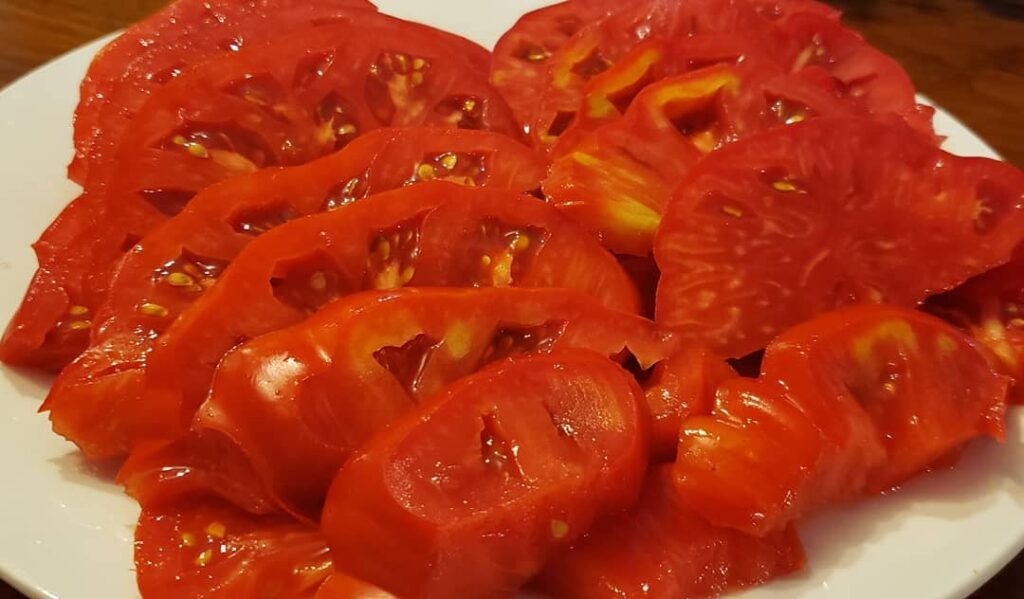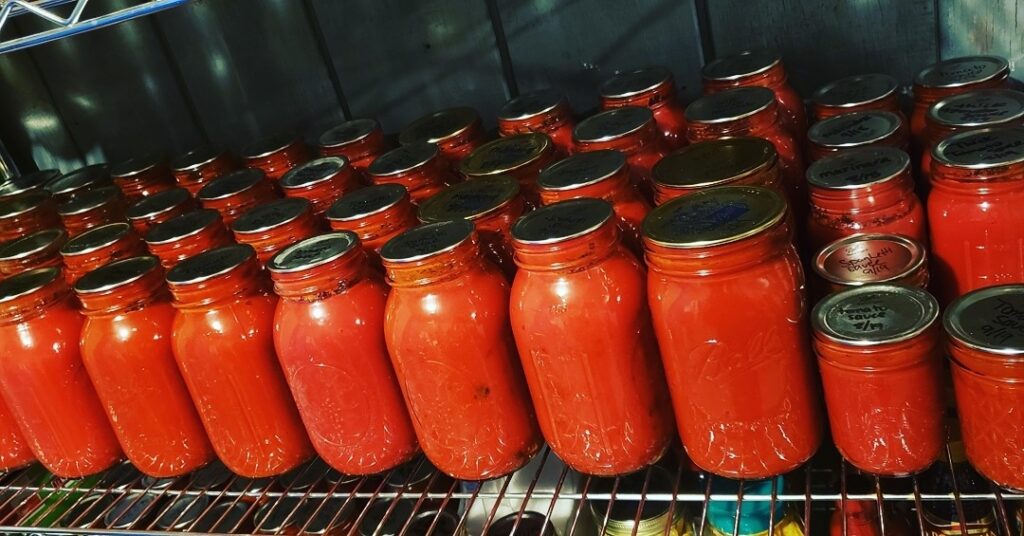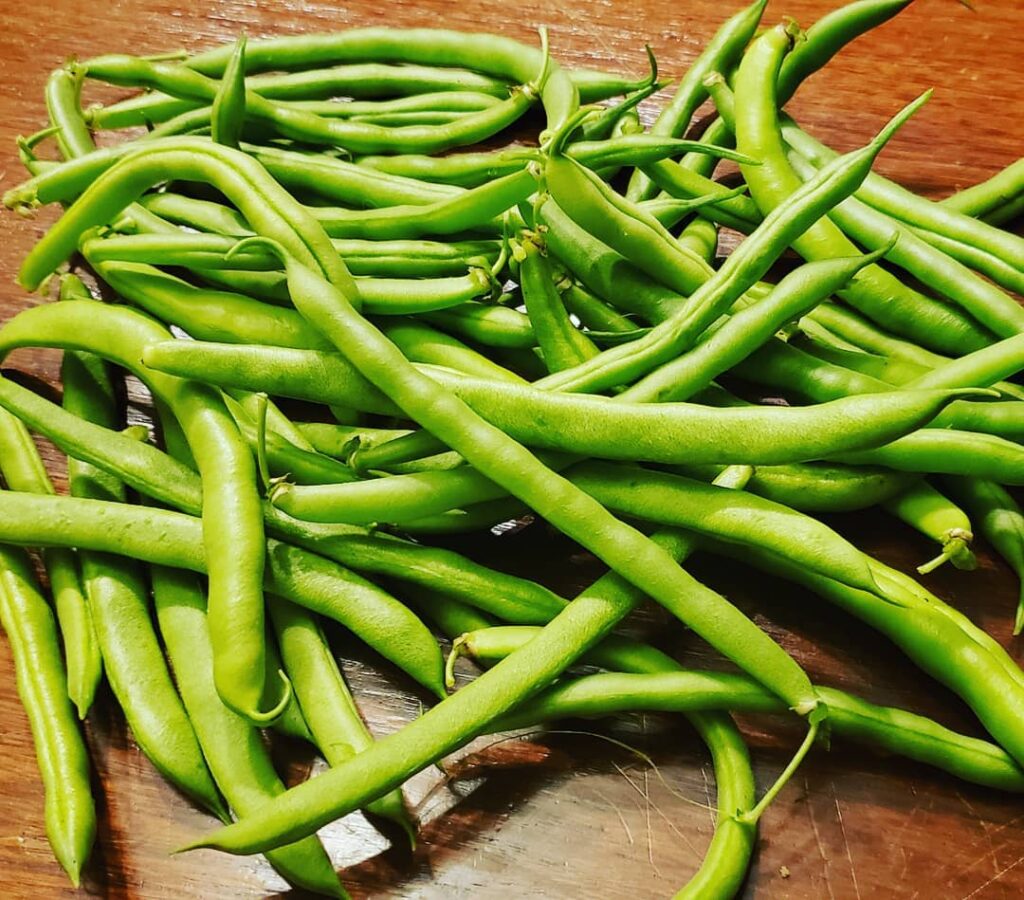It’s the Spring of 2020, and we’re experiencing a whole new way of living –at a mask-donning-distance of at least six feet. School and university buildings are closed, and the teaching professionals are now educating our students through virtual learning. Family gatherings and celebrations, like birthday parties or even weddings, have come to a screeching halt, only perhaps to be substituted by a video call. And, even the simplest task of weekly grocery shopping has been drastically altered, with many consumers opting to use online services to limit interactions with others.
I’m one of those grocery shoppers, selecting fruits and veggies with the click of a computer button. I don’t get to peruse the produce section for the sweetest smelling cantaloupe or the firmest cabbage head. As a matter of fact, almost 50% of my fruit and veggie items ordered over the past month have been canceled due to lack of inventory. No strawberries. No brussel sprouts. Not even a head of cabbage. For this reason, I am inspecting my garden more than once a day to make sure my loved produce isn’t being shared with unwanted critters, showing signs of stress, or worse: dead. Soon enough we’ll be picking pounds of asparagus, peas, berries and more. For now, though, I’m relying on the frozen and canned items we saved, and the salvaged items I can get from my virtual grocery shopping experience.
You might be experiencing the grocery struggle, too. And, for this reason, you might be thinking about planting a garden more than you ever have before. In my opinion, the key is to start small and become knowledgeable on the basics of gardening. Being overwhelmed right now would be no good, either. So, here are the “Three Easiest and Most Versatile Plants for Beginner Gardeners.” These fruits and veggies will provide the most varied uses in the kitchen, while allowing multiple means of preserving for later use.

- Greens (start from seed)
Think spinach, kale, or even swiss chard –and select one of these leafy greens to plant. (If you want to go all out, then you can, but remember, the goal here is to keep it simple!) These greens are some of the first items you can add to the garden, which means they are the first to be harvested, too. The simple root system, small stature, and the fact that you can easily start them from seed, means you could use a pot, an old plastic tote, or even a soil bag as a planting vessel. You could also plant spinach, kale and swiss chard in garden beds if you have them prepped. The greens mentioned are cold tolerant and in little more than a month, will be ready for harvesting, and continue to provide leaves loaded with nutrient-dense calories until the hot summer temps set in. These leaves can be used raw for salads, but better yet can be cooked in soups, pastas, and more, adding color and health benefits to every bite. Have I sold you yet? If not, might I add that you could also freeze or dehydrate any of the aforementioned to use later? While you could plant nearly any variety of lettuce, the versatility (and some of the nutrients) is subpar when compared to spinach, kale, and chard.
- Bush Beans (start from seed)
The key here is to select a bush variety –this means that the plants will not need any type of support, unlike their counterpart, the pole bean which needs a trellis or a fence in which to climb. Not to worry, though: you have lots of green and yellow bean options. (If you want to get fancy, I’ve even seen purple bush beans!) Just make sure the package says “bush” on it and you’ll be good to go. As far as planting, once the danger of frost is gone, you can plant bean seeds in nearly any outdoor location. You’ll likely need a bit more space to grow multiple plants to pick a decent harvest, so I would recommend a larger raised bed or ideally in-ground planting. Most beans can be eaten raw, or cooked and added to any number of dishes. Plus, just like the greens noted above, beans can be frozen for use later. If you want to get crazy, beans are the perfect beginner item for drying, pressure canning or even seed saving. Some added bonuses are that beans are nitrogen fixing, which means they add nitrogen back into your soil and have very few pests.

- Tomatoes (start with plants)
Tomatoes are probably the most versatile of the garden items listed here, as they serve many hot and cold culinary purposes. For this reason, pick a variety you enjoy. If you’re unsure of what type to pick, I would suggest a roma tomato since they are a favorite for not only eating raw, but for sauce-making as well. Regardless of your final selection: beefsteak, roma, cherry, or other, wait to plant until after the danger of frost has passed since these tender plants cannot tolerate colder temperatures. If you’re sticking to container gardening, select a determinate tomato since it has a preset genetic height and will not outgrow it’s container. If you’re planting in the ground, you have more options –determinant or indeterminant and be successful with either one. (Typically, your plant tags will give you this information –if not, Google will know!). Once planted, tomatoes require the most TLC in the garden (for pest control, disease management) and need the most time to produce. Once established, these fruits cannot only be used right away, but can be dehydrated or even water bath canned for later use.
If you’re willing to invest a few dollars on seeds and plants, these three items would be the ones I would suggest for a beginner. If you need additional direction on tools, check out my blog “The 7 Essential Items You Need to Start Gardening” for even more tips and suggestions. Happy planting!





